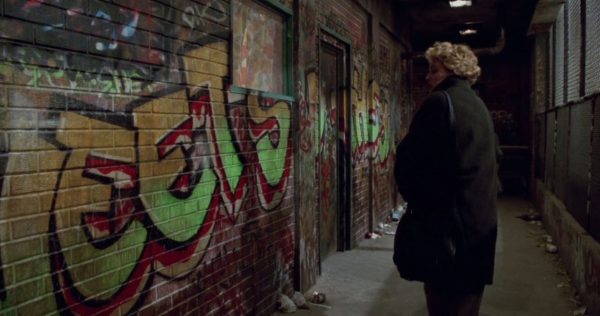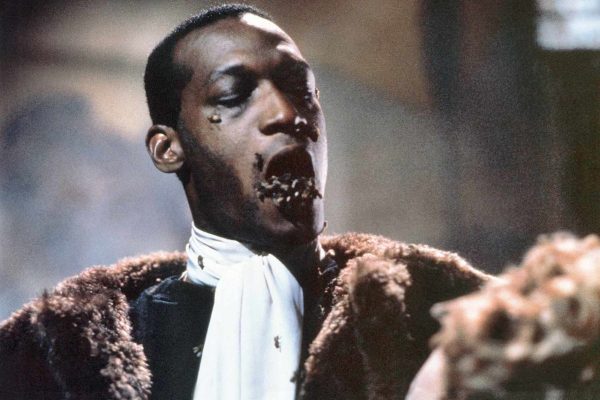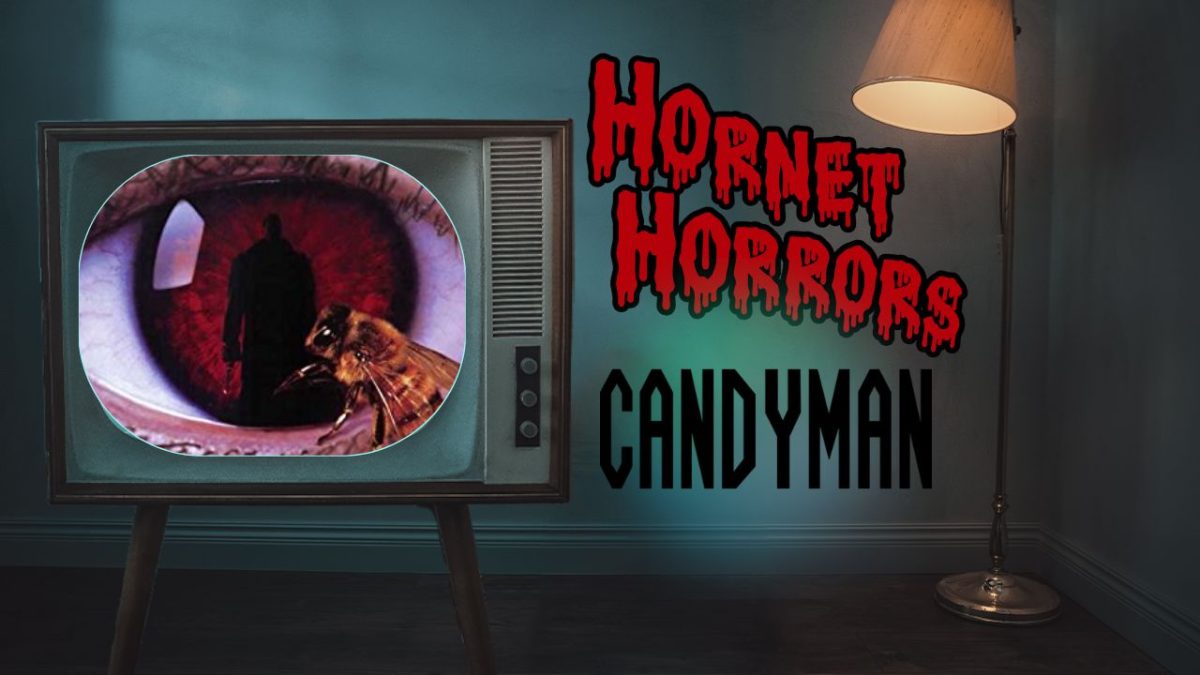Gothic horror has long been a staple of the horror genre, both in its origins in the haunted castles of Europe and in the gritty, rural locales of the American South. One environment you usually don’t think of for the sub-genre is in the middle of a city.
Released in 1992, “Candyman” mixes elements of classic and southern gothic with a healthy dose of urban legend, all taking place around and within a Chicago housing project. The movie has earned a reputation as a staple of cult classics, a reputation it earns in strides.
The movie follows graduate student Helen Lyle, played by Virginia Madsen, whose studies in urban legends has led her to the Cabrini–Green Homes housing projection Chicago. Residents believe in the titular Candyman, a Bloody Mary-esque phantom believed to be responsible for over two dozen murders at the apartment.
RELATED: Hornet Horrors: ‘Mad God’
Naturally, Helen doesn’t believe in the supernatural elements of the story and begins writing a thesis about how the residents use the legend of Candyman to cope with hardship in the area. Eventually a gang leader is charged with the killings after Helen identifies him to police, seemingly putting an end to the mystery.
In reality, the Candyman is real and he’s none too happy about having the faith in his legend shaken by Helen’s actions. In order to make the residents, who Candyman calls his “congregation,” believe in him again, even more blood will have to be spilt. Helen is framed for the carnage, being forced to try and defeat the supernatural menace.

The movie deals with themes of race and social class in the inner-city. Helen and her use of Cabrini-Greens for her thesis is in many ways a representation of gentrification; a well-off, college educated white person coming in and disrupting the lives of the Black residents in a poor area.
Cabrini-Greens was a housing project in Chicago, known for its exceedingly poor living conditions. Filmed on location at the project, “Candyman” initially portrays the projects in this light, as a hostel environment filled with criminals.
It’s not until they actually talk to some of the residents, like single-mother Anne-Marie, Vanessa Williams and a young boy named Jake, DeJuan Guy, that they start to realize there are people living there that just want to live their lives.
Of course, the movie doesn’t forget that first and foremost it’s a horror flick. Tony Todd plays the titular villain to magnificent effect, bringing out a performance that’s equal parts terrifying and hypnotizing. Madsen also deserves a lot of credit for her work as Helen, doing a great job portraying someone who’s life falls apart all at once.

The movie also excels in its effects and soundtrack. The image of Todd covered in live bees, including having them coming out of his mouth, is an iconic image which took a lot of time and dedication to achieve. The dramatic increase in violence once Candyman enters the stage also benefits from great practical effects work.
The music for the movie is arguably the best element in the film. Composer Phillip Glass deserves a lot of credit for making this film work; his score being a big part of why this movie is considered a gothic horror and not just another supernatural slasher. Even if you aren’t interested in watching horror movies I’d recommend tracking this soundtrack down.
“Candyman” has since gone on to spawn a series of movies, but as with many franchises these have been a case of diminishing returns. The original 1992 entry stands as a special film whose magic still hasn’t been fully captured again by its sequels and should be a must watch for any horror fan.

































































































































